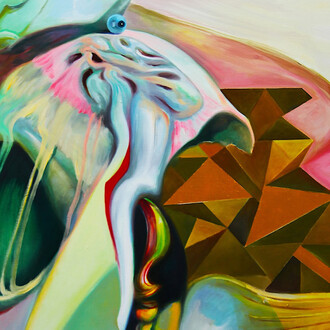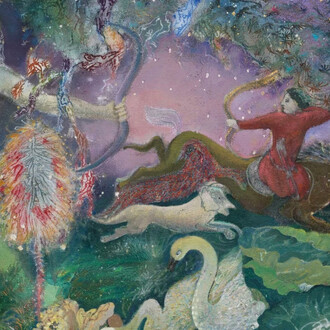Tattoo
Ta=drawing, Toua=soul, personality.
Probably Polynesian in origin and means a mark of something important that has happened in a life and can be a metaphor for an emotional, internal event that has become visible on the outside skin. Doc Forest (actual name, Ove parlor in 1972. Today there are 800 parlors in the country and the most renowned are booked solid for the coming three years. Customers range from school teachers to bank directors. Tattoos are increasingly visible in the streets of Stockholm. The rather secular, individualized Swedish society allows for people to create their own destiny, change themselves, and maybe even to enable them to feel more like themselves. And yet tattoos are not completely mainstream, and therefore sometimes evoke admiration and disbelief.
Hornets
Every single Swede is familiar with the term “getingsommar,”referring to a summer with an unusual proliferation of stinging bugs of various species, including hornets, which occurs regularly after an unusually long with an abundance of snow, during which many fertilized female hornets, the so-called “queens,” survive. If the following spring is a warm one, the queen can produce as many as ten thousand individuals and these stinging creatures are a force with which the local population must deal in a variety of ways. Climate plays an important role in a country whose location is as far north in the hemisphere as Sweden. Authors like Stieg Larsson have used the seasons in his novels almost as characters that embellish the plotline because of the role weather plays in daily life. Even in twenty-first century Stockholm, the urbanite who— despite all available commodities— are subconsciously affected by the intense variations of light and dark, depending on the season. The cumulus clouds of summer against a bright blue sky or the misty yet bright pastel shades of late winter are as present now as they were in the times of rural forefathers. During the short summer months the human beings populating this part of the world have to soak in enough light to last for a long winter when during a few months daylight is visible for only six hours. Long after the warm months are over, the quality of the past summer is a much-discussed topic during coffee breaks or any other occasion. The fact that somebody has put a tiny hornet in a joint between two granite stones somewhere up on Södermalm Island could be an expression of the longing for summer, and may have even inspired Stieg Larsson to use hornets as a metaphor for Swedish climate and culture. This tiny ceramic wasp seems like a secret greeting. It is hidden on a granite wall up on Mariaberget Hill on Södermalm Island and provokes a mystery: At times, it disappears and reappears on a different spot along the wall and no one is quite sure how or why.
Fire
Fire has played a central role in the agricultural society of Sweden and several aspects of fire are important. First fire has been an important source of heat in a country that is far north and very cold in the winter months. It made food preparation possible for humble peasants during the winter season. In addition, fire has through history destroyed many towns in Sweden where traditional wooden buildings and entire neighborhoods could be swallowed by flames, thereby erasing homes and existences. So fire can be a metaphor for the fleeting nature of Swedish life, which can erupt and disappear in the lighting of a match...matches having been invented in Sweden. April 30 is a special day in the Swedish calendar. Myth holds that during this night the line between life and death is thinner than on any other day. This is the day that also marks the end of the long winter. Bonfires were introduced several hundred years ago and the tradition of lighting a bonfire on the evening of this date, the evening of Valborg (Walpurgis Night), originated as a means to scare away wild animals and supernatural beings before letting cattle out of the stables to graze on the meadows after a long winter. It also symbolized burning the old to make way for the new. Just as many other old traditions with their origins in the rural society, bonfires are still cherished in modern Sweden, both in cities and in the countryside, thousands of people gather around fires throughout Sweden in the early evening. This night feels magic and explosive with a new beginning on the horizon.















